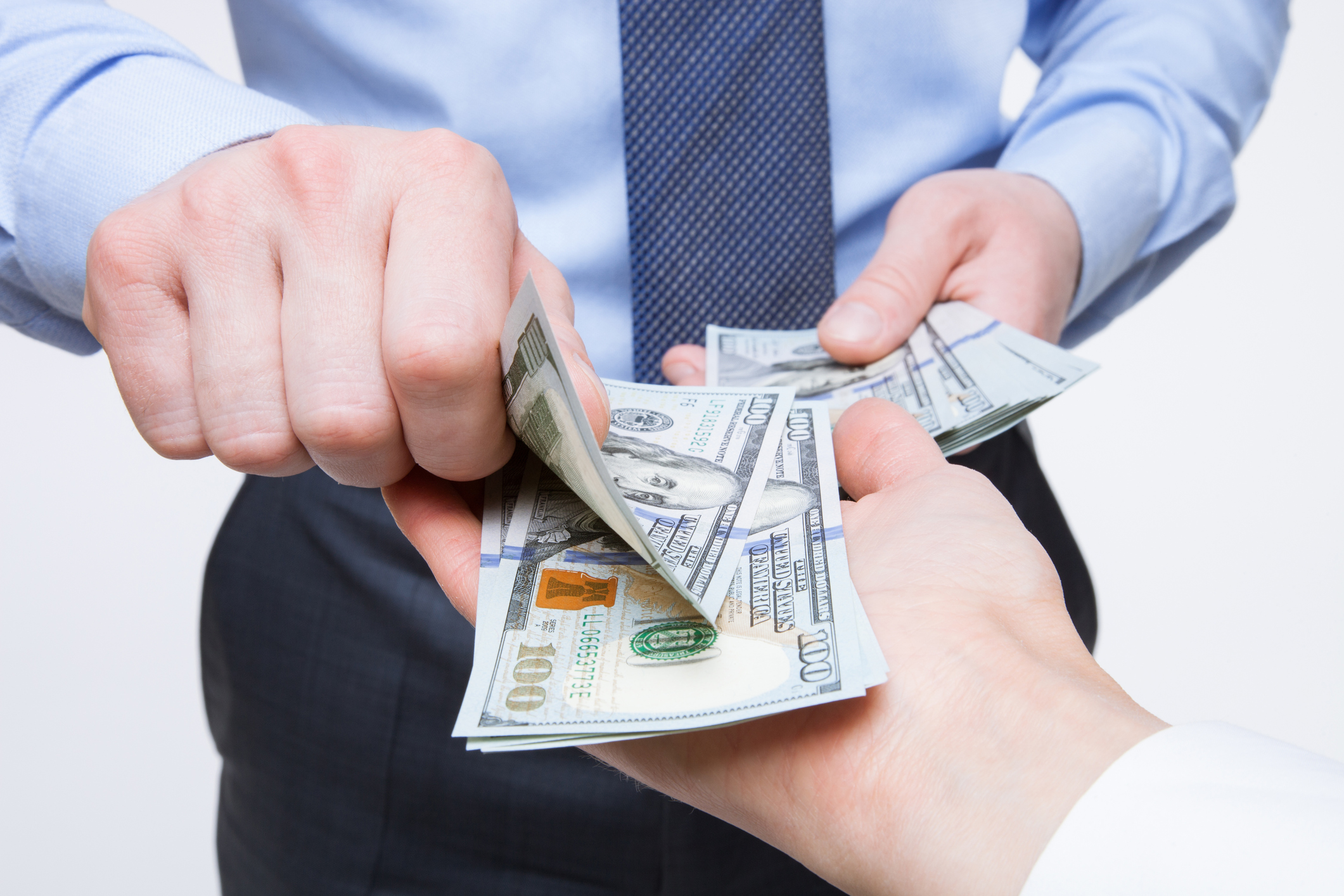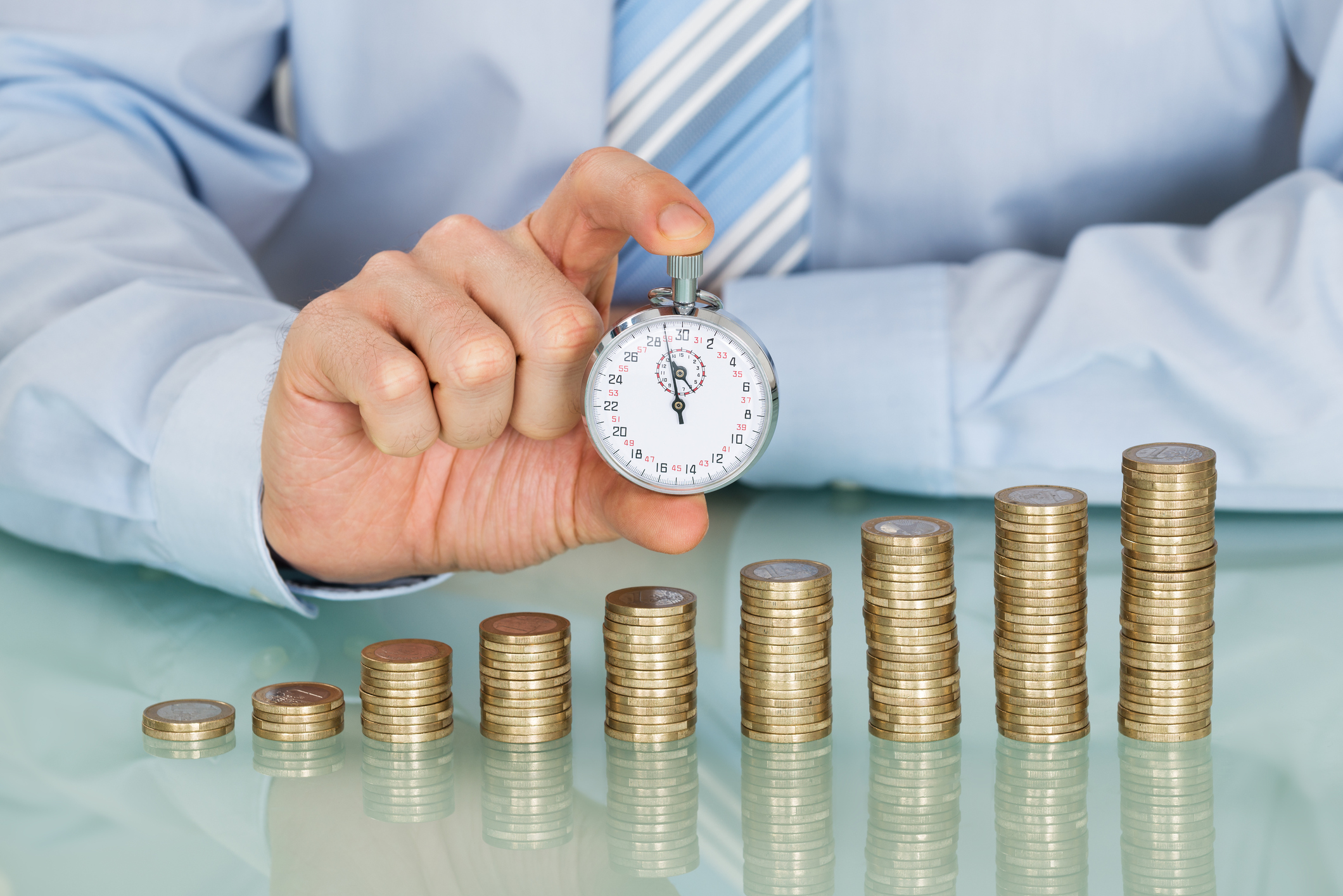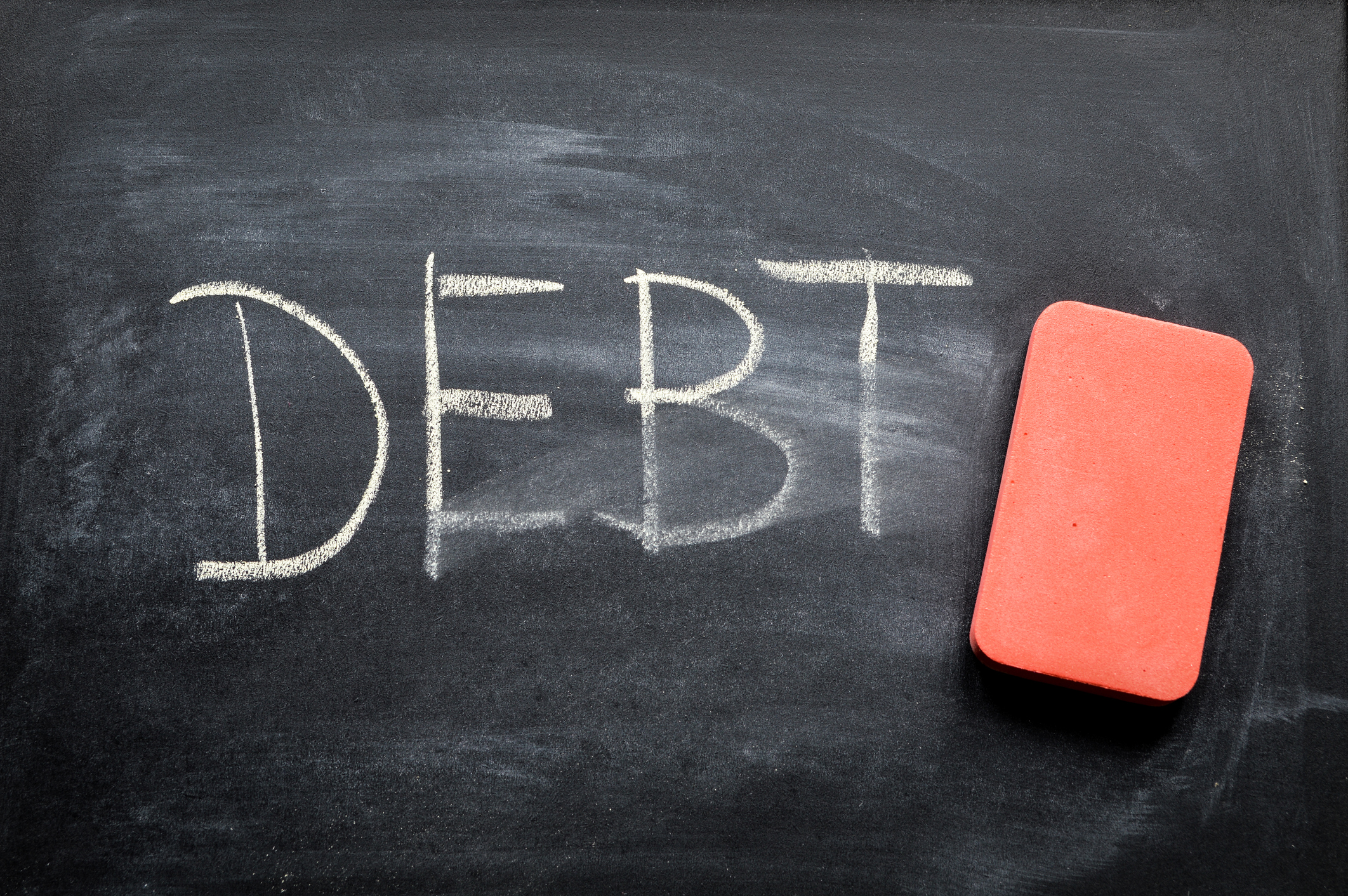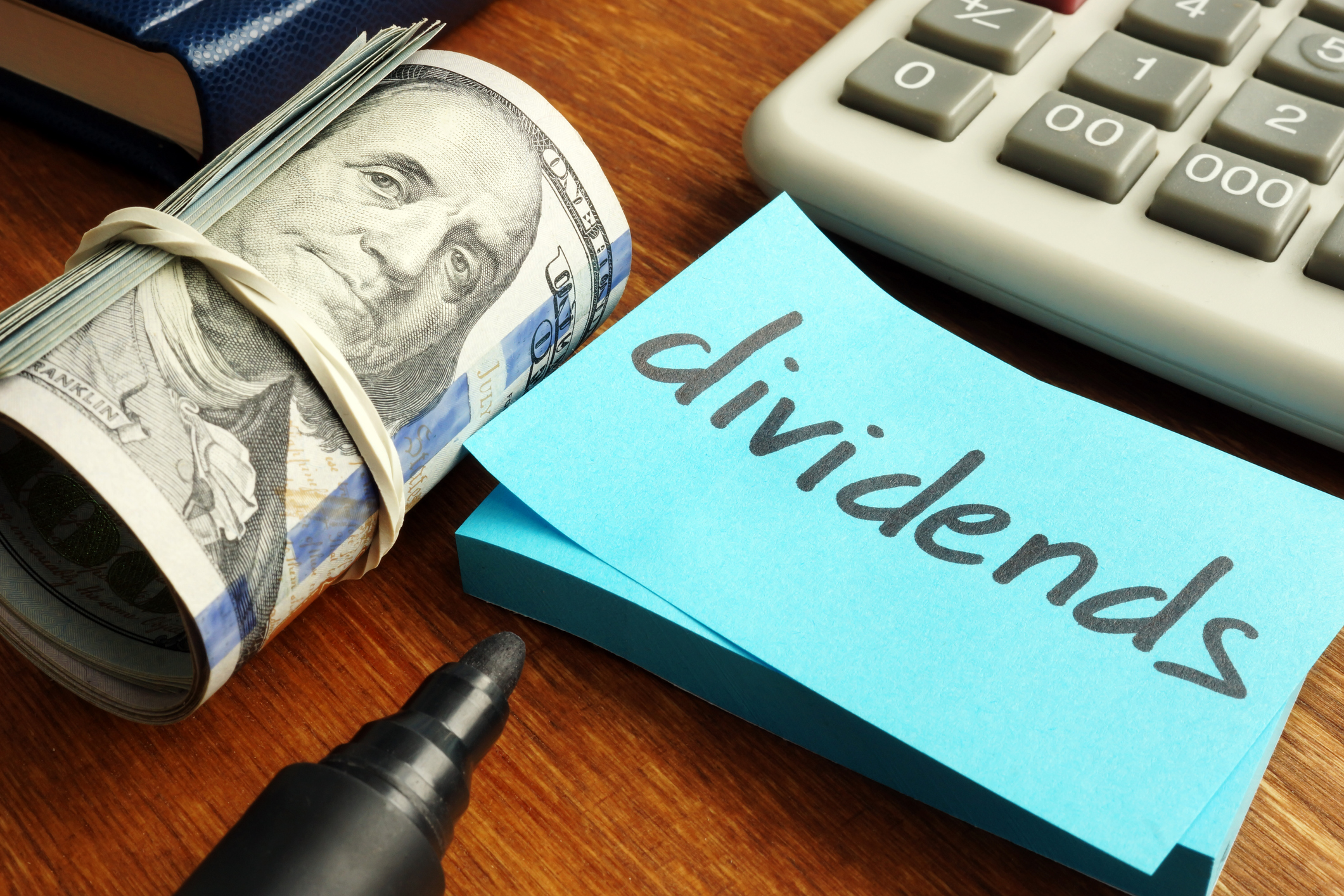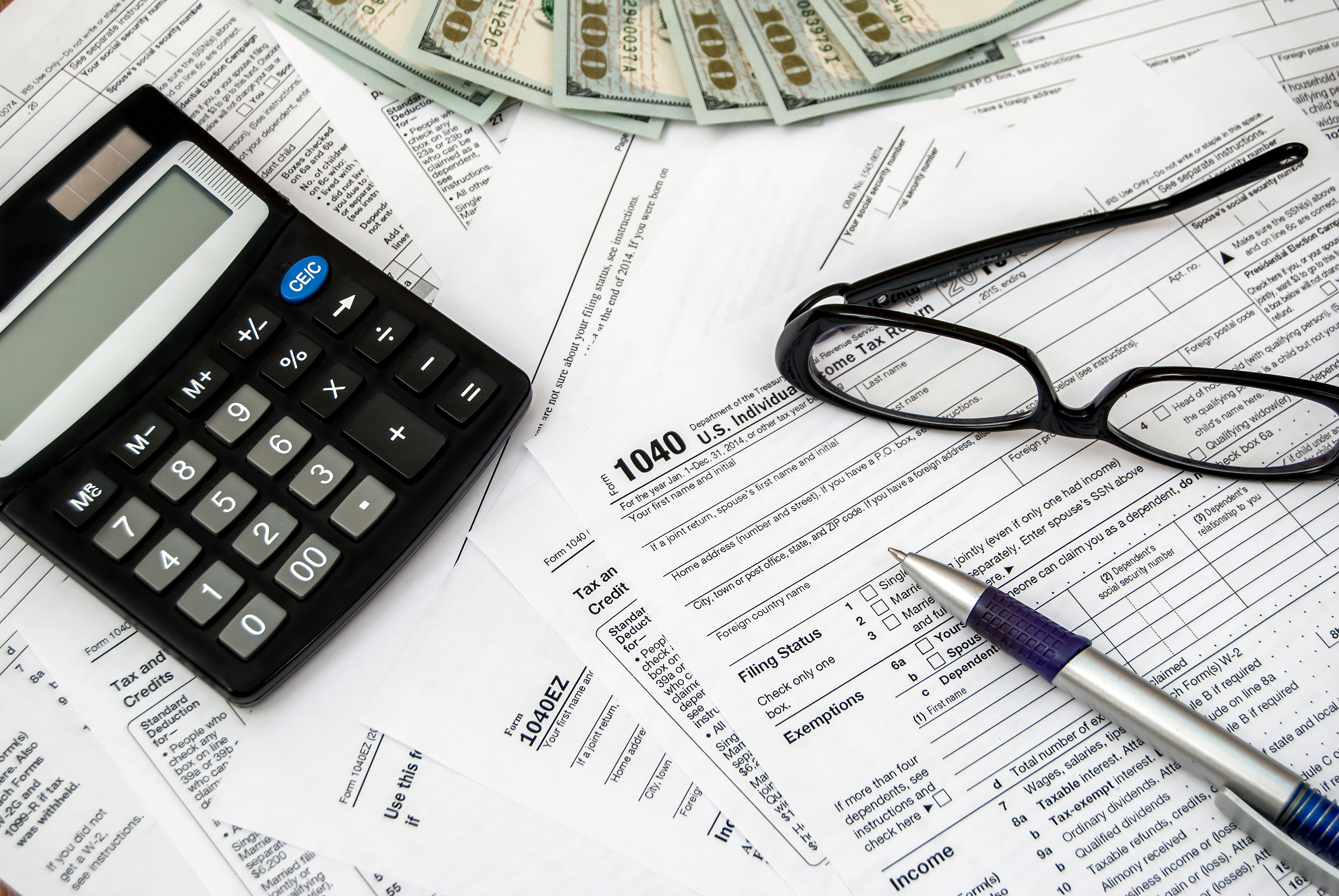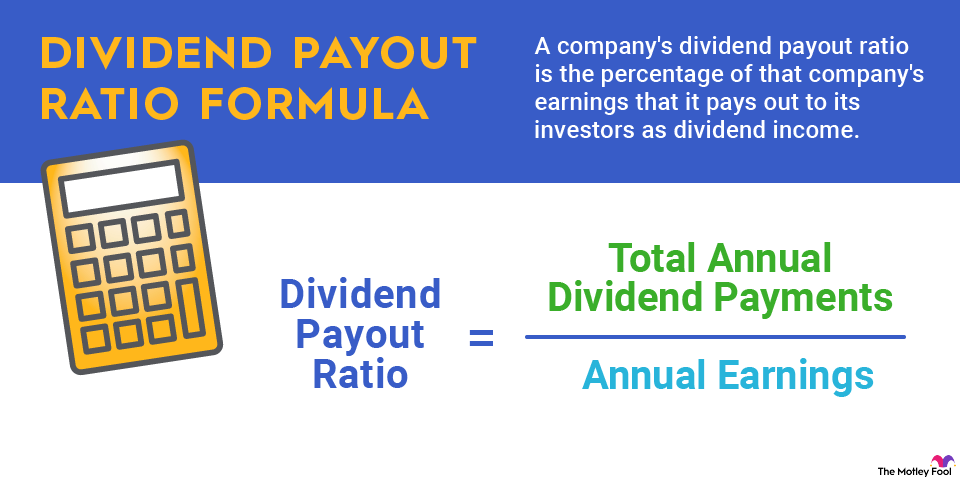Say a company earns $100 million this year and makes $50 million in dividend payments to its shareholders. In this case, its dividend payout ratio would be 50%. You can also use per-share amounts to get the same result. This can be simpler since companies report dividends and earnings in per-share amounts.
How to use the dividend payout ratio
Let's use Apple (AAPL +0.33%) to demonstrate how to calculate the dividend payout ratio using per-share information. As of October 14, 2025, Apple had earned $6.58 per share over the previous four quarters. Its most recent quarterly dividend was $0.25per share, which works out to $0.96 per share annually. Using the dividend payout ratio formula above, we have:
$0.96 Annual Dividend Payments ÷ $6.58 Earnings Per Share = 15% Dividend Payout Ratio
What is a good dividend payout ratio?
Dividend payout ratios tend to vary by industry. Companies that operate in mature, slower-growing sectors that generate lots of relatively steady cash flow may have higher dividend payout ratios. They don't need to retain as much money to fund their business for things like opening new stores, building another factory, or on research and development for new products. For financially strong companies in these industries, a good dividend payout ratio may approach 75% (or higher in some cases) of their earnings.
However, companies in fast-growing sectors or those with more volatile cash flows and weaker balance sheets need to retain more of their earnings. Ideally, it should be less than 50%.









